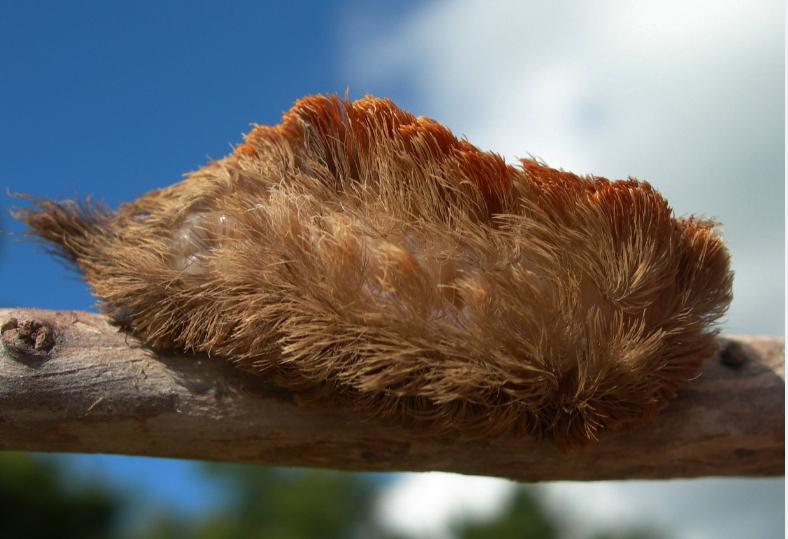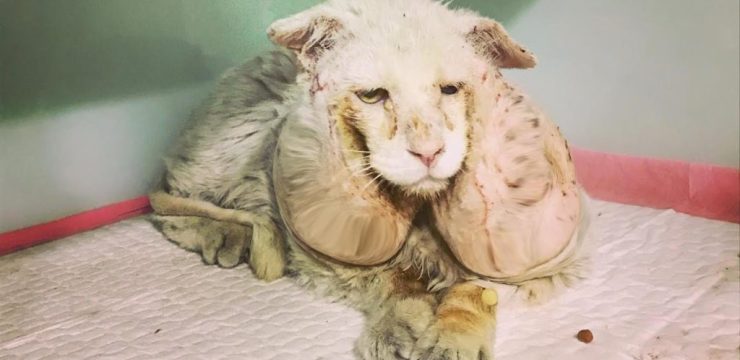Humans have developed instincts over thousands of years to avoid certain animals and insects that could pose potential dangers. While most creatures we encounter outdoors are harmless, it’s still essential to stay alert, especially when it comes to unfamiliar critters.

That’s exactly what Leslie Howe, a mother from Georgia, learned when she had an unexpected encounter at a local playground. In 2014, Leslie was enjoying a typical day out with her kids when she noticed a strange, fuzzy object nearby. It appeared to be a harmless “fur ball,” but something about it made her uneasy. Trusting her instincts, she decided to keep her kids away from it—an action that turned out to be a wise decision.
As Leslie observed the unusual ball-shaped creature, she felt a strong sense of caution. At first glance, it seemed harmless, but Leslie’s gut told her otherwise. She was at a park in Gwinnett County, Georgia, with her infant and two young children when she spotted the peculiar creature. Although it was small and appeared innocent, Leslie knew it was better to be safe than sorry.
The story, originally published several years ago, has resurfaced online to warn American parents about this strange and potentially dangerous insect. The “fur ball” Leslie encountered was later identified as the larva of Megalopyge opercularis, commonly known as the puss caterpillar. The caterpillar’s name comes from its velvety fur, which resembles a cat’s coat. But beneath that fuzzy exterior lies a hidden danger: venomous bristles that can cause intense pain.
These caterpillars are found throughout much of the United States, growing up to about an inch in length. According to NPR, they feed on foliage in states ranging from New Jersey to Florida and as far west as Texas. While their soft appearance might make them seem harmless, their sting is anything but. Ethnologist Don Hall told National Geographic that the puss caterpillar’s sting “feels like a wasp sting, but worse.” The pain is immediate, intensifies over time, and can even reach the bones. Depending on where and how many bristles make contact with the skin, the pain can travel up to the shoulders and last for up to twelve hours.
The caterpillar’s sting is so potent that it even caught Eric Day, the manager of Virginia Tech’s Insect ID Lab, off guard. He was stung while mowing his lawn in rural Virginia. He described the experience as starting with a burning sensation that lasted a day, followed by a blister and irritation that persisted for weeks.
If you’re stung by a puss caterpillar, it’s crucial to act quickly. Use tape to carefully remove the venomous hairs, then wash the affected area with soap and water. If the sting continues to itch, applying baking soda or hydrocortisone ointment may help. The National Capital Poison Center also warns that while the puss caterpillar’s sting is rarely fatal, it can trigger anaphylaxis, a life-threatening allergic reaction.
Although these stings are uncommon, parents should be aware of the risks, especially when their children are playing outdoors. Leslie hopes that sharing her experience will help prevent others from getting too close to this deceptively dangerous creature.
If you come across a puss caterpillar, remember: appearances can be deceiving. It’s always best to steer clear and educate your children about potential dangers lurking in seemingly harmless places.





